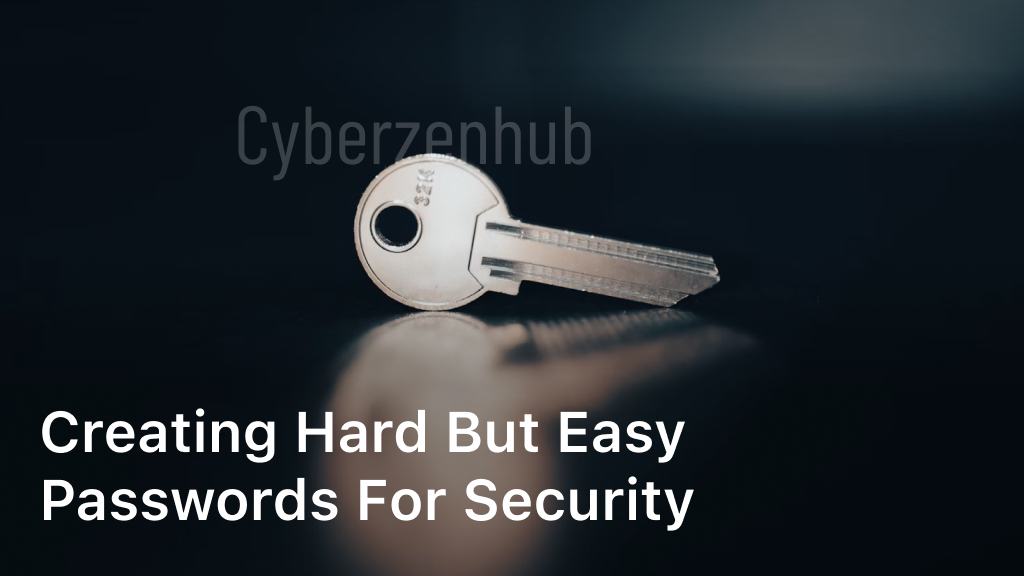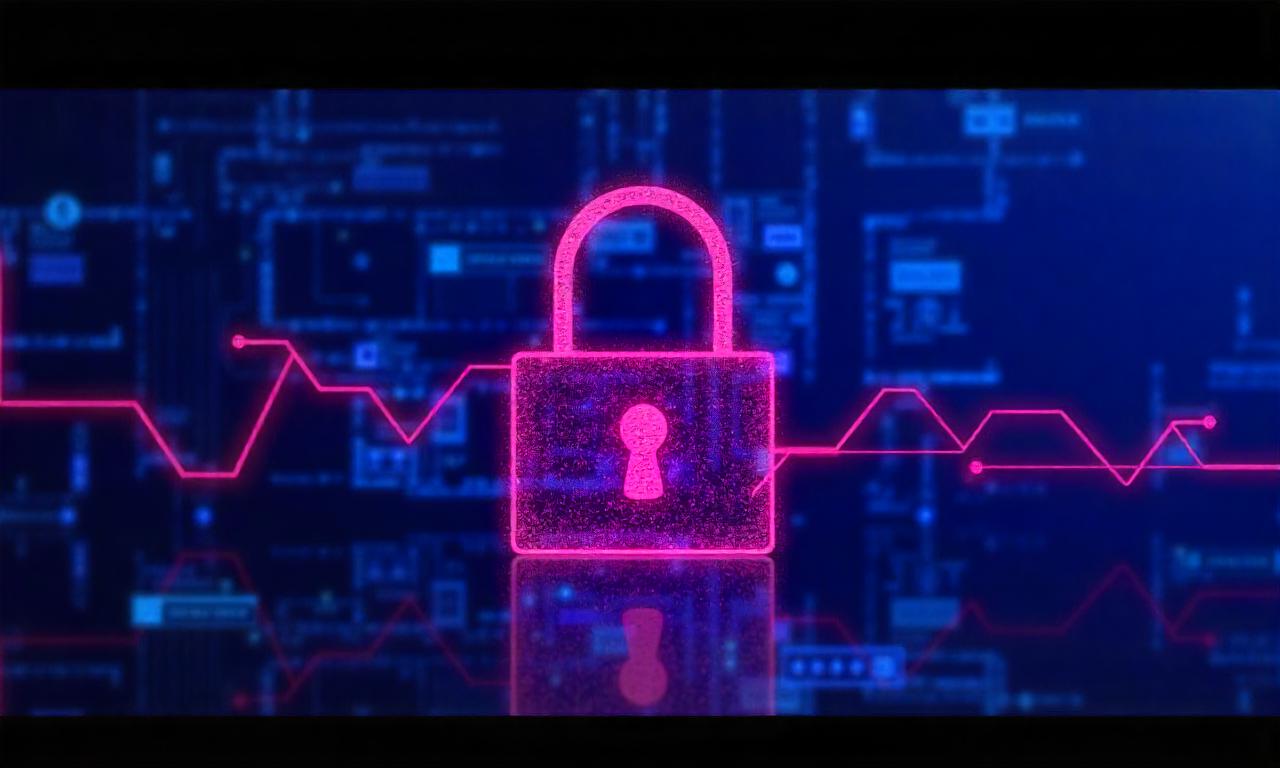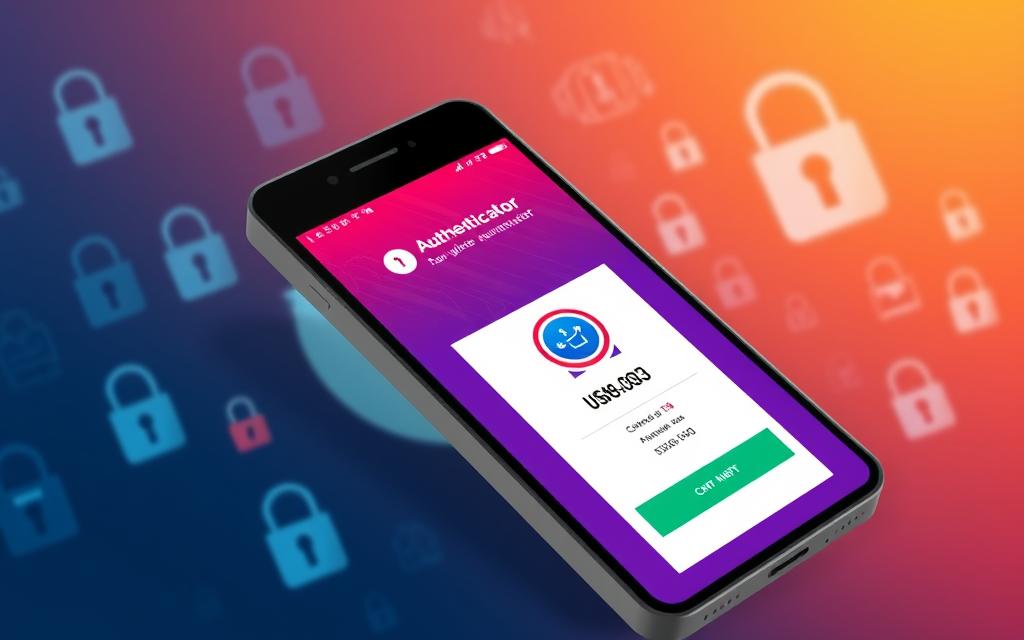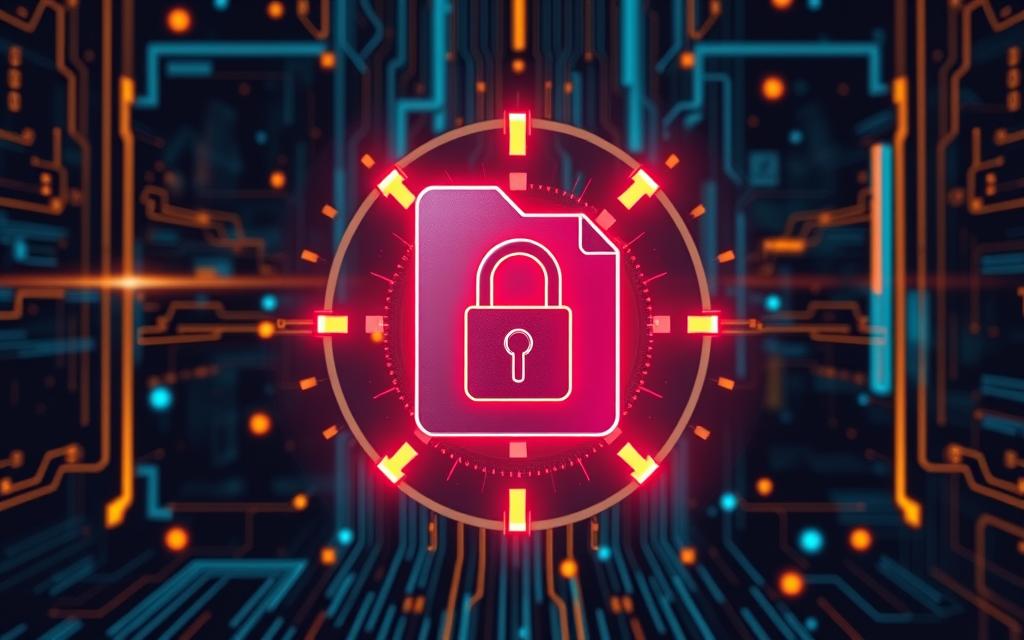In today’s digital world, where cyber threats are prevalent, ensuring the security of our online accounts is of utmost importance. One crucial aspect of online security is creating passwords that are both strong and easy to remember. In this article, we’ll explore various strategies for creating hard but easy passwords that enhance security without compromising convenience.
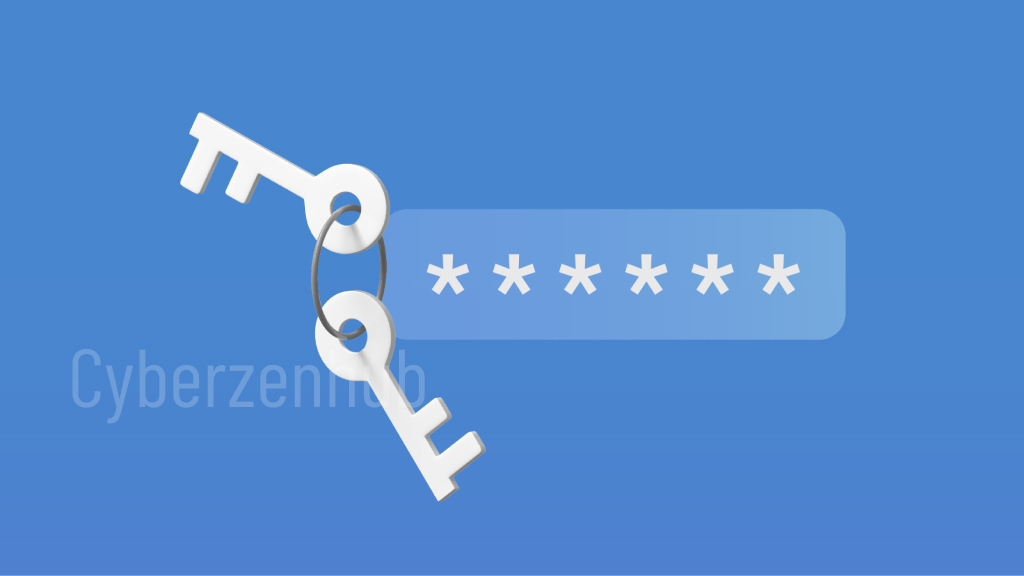
Table of Contents
ToggleThe Risks of Weak Passwords
Weak passwords pose significant risks to our online security. Hackers and cybercriminals exploit weak passwords to gain unauthorized access to accounts, steal personal data, commit identity theft, and carry out various forms of cyberattacks. Using easily guessable passwords, such as “123456” or “password,” increases the likelihood of falling victim to such attacks.
Importance of Password Security
Passwords act as the first line of defense against unauthorized access to our sensitive information, including personal data, financial details, and confidential documents. Weak or easily guessable passwords can make us vulnerable to hacking, identity theft, and other cybercrimes. Therefore, prioritizing password security is essential for safeguarding our online identities and protecting our digital assets.
Characteristics of Strong Passwords
A strong password should be lengthy, complex, and unique to each account. It should contain a combination of uppercase and lowercase letters, numbers, and special characters. Avoid using easily guessable information, such as your name, birthdate, or common phrases, as part of your password. Instead, opt for random or nonsensical combinations that are difficult for hackers to crack.
How to Create a Strong Password
- The longer your password is, the better. Many websites ask you to create eight-character passwords, but we recommend going for at least 15 characters.
- Avoid ties to your personal information, such as your name, surname, address, or date of birth.
- Use a combination of numbers, symbols, and upper- and lowercase letters in random order.
- Don’t use sequential letters and numbers.
- Avoid substitution: “kangaroo” and “k@ng@r00” are both equally weak passwords, and a brute-force attack can easily crack them.
- Don’t reuse the same password for multiple accounts.
Tips for Creating Secure Passwords
Creating secure passwords doesn’t have to be complicated. One effective strategy is to use passphrases – a series of words or a sentence that holds personal significance. Passphrases are easier to remember than random strings of characters but offer the same level of security. Additionally, implementing two-factor authentication provides an extra layer of protection by requiring users to verify their identity through a secondary method, such as a text message or authenticator app.
Using Passphrases
Passphrases offer a practical solution to the challenge of creating memorable yet secure passwords. By selecting a phrase that holds personal significance but is obscure to others, individuals can create strong and unique passwords that are easy to recall.
Implementing Two-Factor Authentication
Two-factor authentication adds an extra layer of security to online accounts by requiring users to provide two forms of identification before gaining access. This could involve entering a temporary code sent to their mobile device or using a biometric authentication method, such as fingerprint or facial recognition.
Utilizing Password Managers
Password managers are tools designed to securely store and manage passwords for multiple accounts. They generate complex passwords, store them in an encrypted vault, and automatically fill them in when needed. By using a password manager, individuals can alleviate the burden of remembering multiple passwords while ensuring each one is strong and unique.
Best Practices for Password Management
Regularly updating passwords, avoiding the storage of passwords in plain text, and periodically reviewing security settings are essential best practices for effective password management. Additionally, staying informed about emerging threats and adopting proactive security measures can help mitigate the risk of a security breach.
Conclusion
In conclusion, creating hard but easy passwords is essential for maintaining robust security in an increasingly digital world. By following the tips and best practices outlined in this article, individuals can enhance the security of their online accounts while ensuring passwords are memorable and convenient to use.

